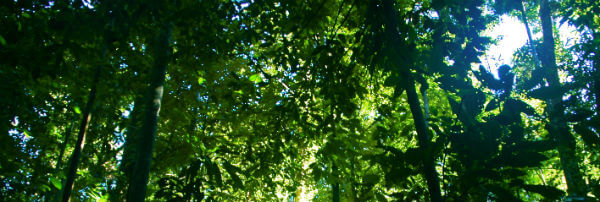By Stephen John Martin, University of Salford
We live in a world where large numbers of people are connected by just a few degrees of separation. But while having friends of friends all over the globe can be great for holidays, trade and networking, travel also allows viruses to move like never before.
Zika is the latest “explosive pandemic” to be declared a global emergency by the World Health Organisation. But viruses don’t just target humans – they can infect all forms of life from bacteria to bananas, horses to honeybees.
A lethal combination of the Varroa mite and the deformed wing virus has resulted in the death of billions of bees over the past half century. In a study published in the journal Science, colleagues from the Universities of Exeter, Sheffield and I report how the virus has spread across the globe.







